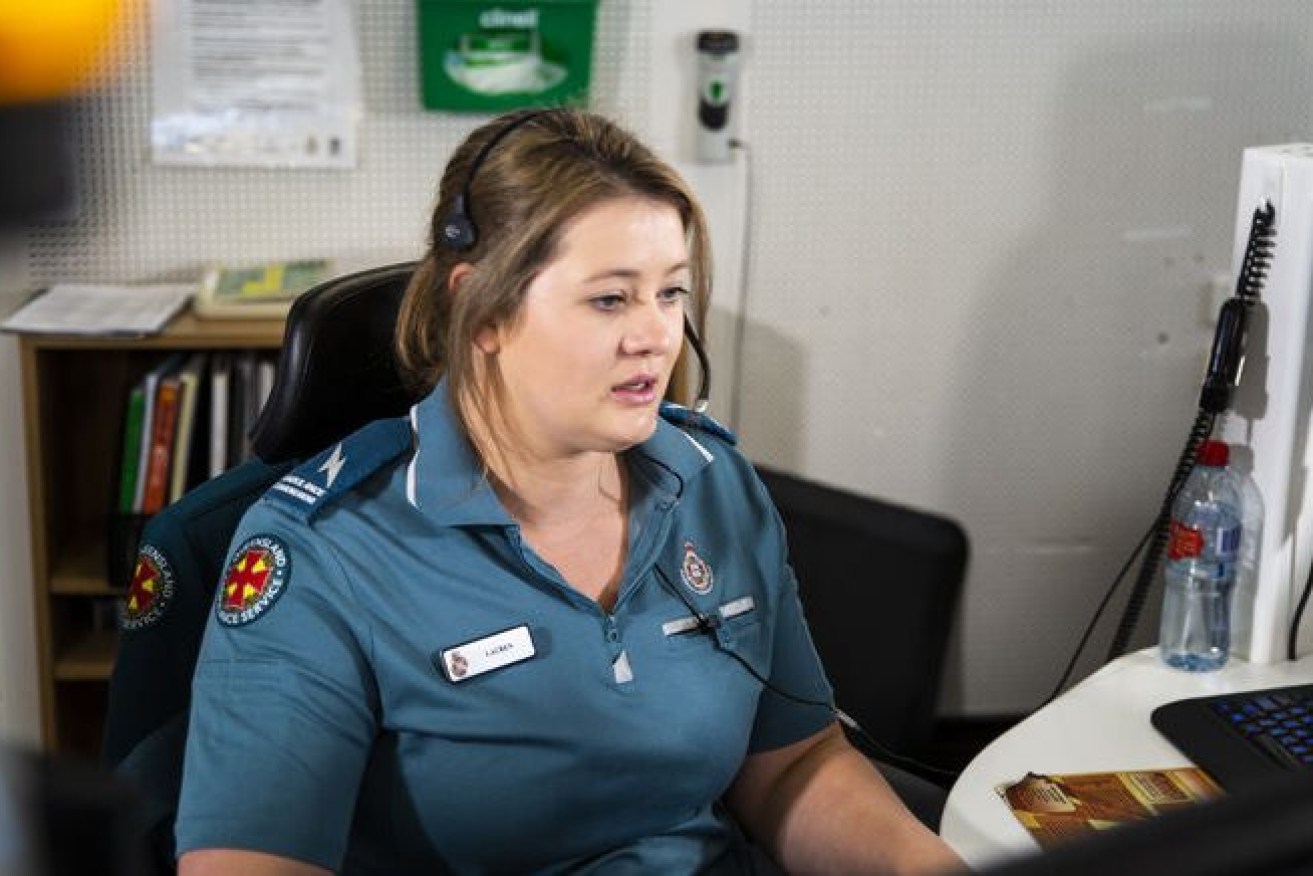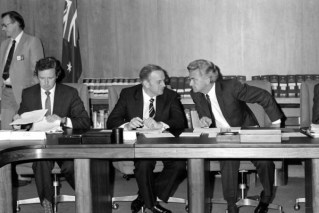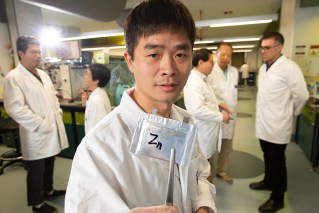David Fagan: The good-news Queensland health story I’ve been dying to tell
Amid the daily doom and gloom headlines about our struggling ambulance and emergency medicine services, there are many reasons to be optimistic writes David Fagan


A new approach to treating front-line ambulance calls is helping ease the strain on our stretched emergency medicine services. (Photo: Queensland Ambulance Service)
Hospital emergency wards are the frontline of the stresses confronting the public health system – particularly if you have the misfortune to be waiting outside them.
The more visible frontline is the mobile high-tech emergency wards in ambulance vehicles equipped with both the skills and equipment to contain damage before the hardcore medical work needed to save lives in our stretched hospitals.
The public picture of the ambulance service in Queensland is of lengthy delays in responding to 000 calls, compounded by the need to ramp ambulance vehicles until a hospital bed becomes available. We’ve all seen the pictures.
But here’s some good news to start the year: it could be worse. Some innovative approaches within the Queensland Ambulance Service have reduced the need to dispatch paramedics, reducing the wait time for emergencies that need “lights and siren” attention.
And here’s the disclosure: I owe my recovery from a serious health crisis to the rapid dispatch of an ambulance crew when I suffered a cardiac arrest in 2020. My life was saved by some passersby who pumped life into my still heart that day, but I might not be enjoying it as much without the ambulance that was on the spot within 10 minutes.
Since then, I’ve paid more attention to passing ambulances wondering if there are more on the road or is it just that I notice them?
The answer is a bit of both. There are more ambulances on the road but the proportion of patients receiving urgent response is falling. This is thanks to a more sophisticated approach to deciding what services 000 callers actually need.
At the front end is a call centre, backed up by a medical hub and the fleets of ambulances across the state.
The QAS’s assistant director for digital healthcare and innovation, Alex Thompson, explains that about 1200 of the 3000 ambulance calls in Brisbane a day can now be treated without a full lights and sirens approach. They might be cases where the right advice can mean a non-critical patient can be guided to either resolve their own problems, be taken privately to a pharmacist, doctor or hospital or wait safely (if uncomfortably) until help can be sent.
“And that means a more timely response for the rest of the jobs,” Thompson says.
This is part of a gradual change in approach which might not appeal universally but is desirable in a health system where demands and costs are continuing to rise beyond the community’s ability or willingness to pay.
It replaces what Thompson calls a “linear” response in which a call is received and an ambulance is dispatched only to discover in 15-20% of cases that no immediate treatment or hospitalisation is required.
It also recognises the better uses of technology (ie telephone video cameras) to assess injuries before deciding on their urgency. For instance, an on-duty doctor a few weeks ago was able to use a patient’s phone to identify the cause of his ear pain as the broken off covering of a plastic ear plug, something that could be dealt with at a doctor’s surgery just a few hundred metres away.
All of this is complemented by a mental health support team, responding to the ballooning demand for mental health services. Its director, Sandra Garner, says mental health calls to the 000 line have increased 20% annually since 2015. The need ranges from responding to panic attacks through to suicide attempts, some of which can be dealt with by phone counselling, others which require a mental health professional to travel urgently with a paramedic.
Team members either offer direct advice to patients or to the paramedics on the scene, depending on need.
But the numbers again are powerful. Of the 150-200 average mental health calls received by ambulance a day, 20-30 no longer require an ambulance dispatch.
There is more to come. Thompson says there is work to do on the “complex cases” of 500 or so frequent users who need both primary and emergency care providers to come together to reduce their reliance on the 000 line for issues that rarely require treatment. That’s for later this year.
This approach has already been tried in NSW where a similar program dramatically decreased call-outs by educating frequent users on how to take better care of themselves.
In InQueensland in recent weeks, I have written about the need for governments to find new revenue or new ways of doing things if they were unwilling or incapable of the hard politics of reducing community expectations.
But the quiet work of the QAS looks very much like a model of what needs to be done more across government. Fresh approaches to deal with increasing demand are the only real alternative to raising taxes or increasing debt. And you don’t need to dial 000 for that advice.












